Hello there! Are you a bird enthusiast or just curious about the different types of birds out there?
If so, you’re in luck because, in this article, I’ll be introducing you to 17 different species of birds that have one thing in common: Green Heads.
These green-headed birds come in a variety of shapes and sizes and can be found in different parts of the world.
So, if you’re ready to learn about some beautiful and unique birds, let’s get started!
| Image | Name |
|---|---|
 | Common Grackle |
 | Guinea Turaco |
 | Green Kingfisher |
 | Paradise Tanager |
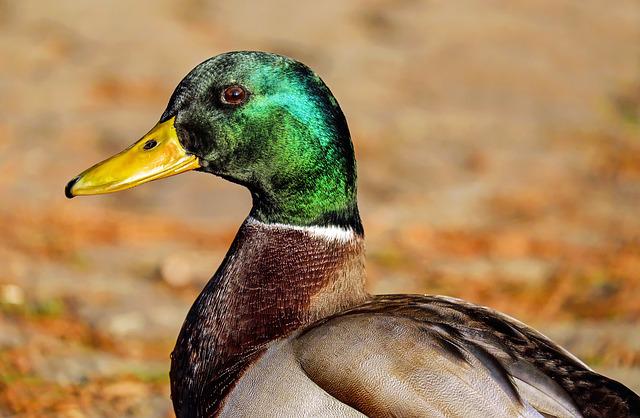 | Mallard |
 | Resplendent Quetzal |
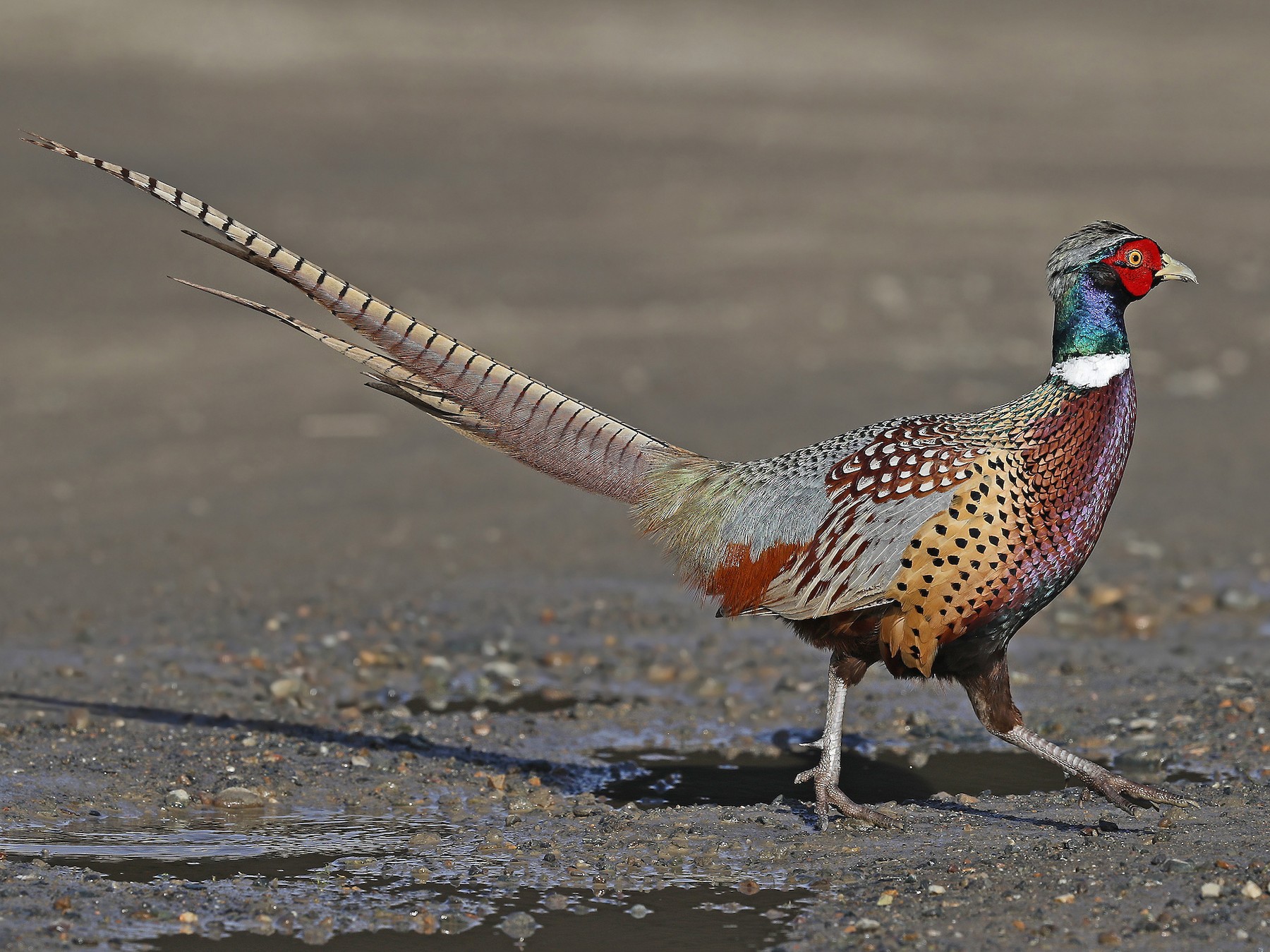 | Ring-necked Pheasant |
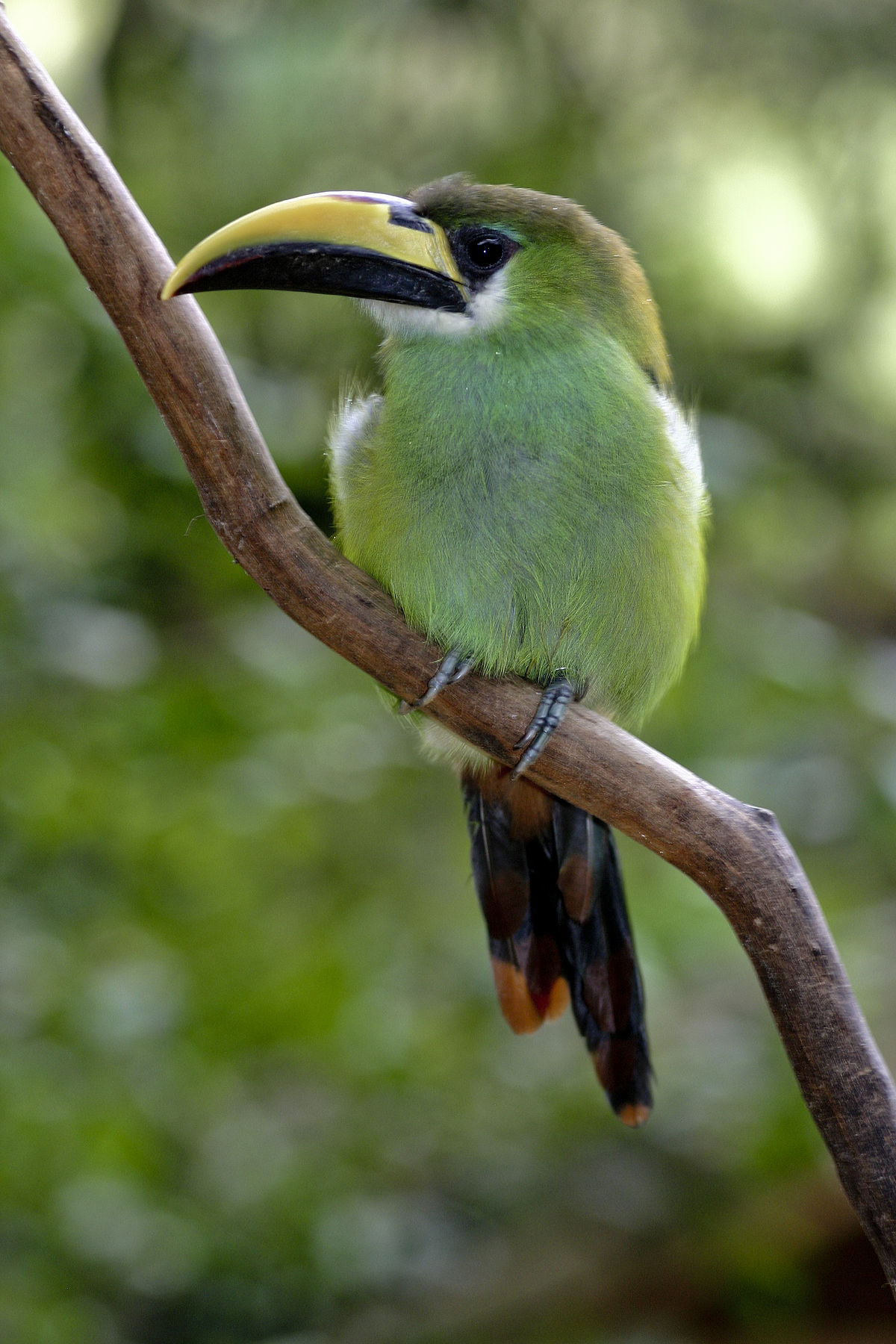 | Emerald Toucanet |
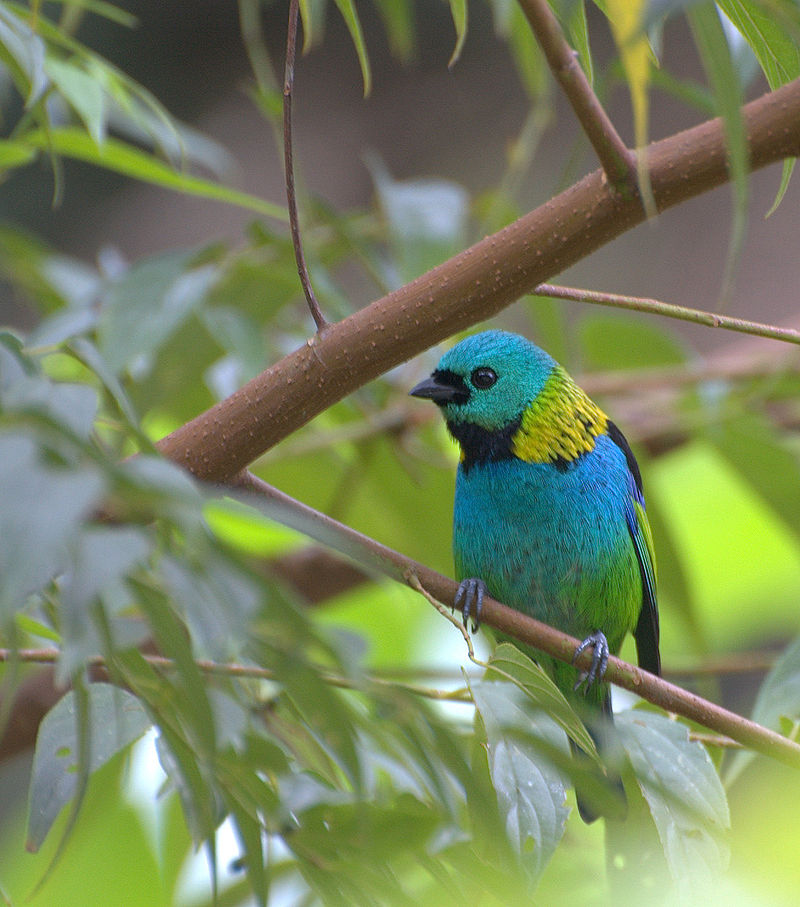 | Brilliant Green-Headed Tanager |
 | Javan Green Magpie |
 | Violet-green Swallow |
 | Red-winged Parrot |
 | Kereru |
 | Green-crowned Woodnymph |
 | Malachite Sunbird |
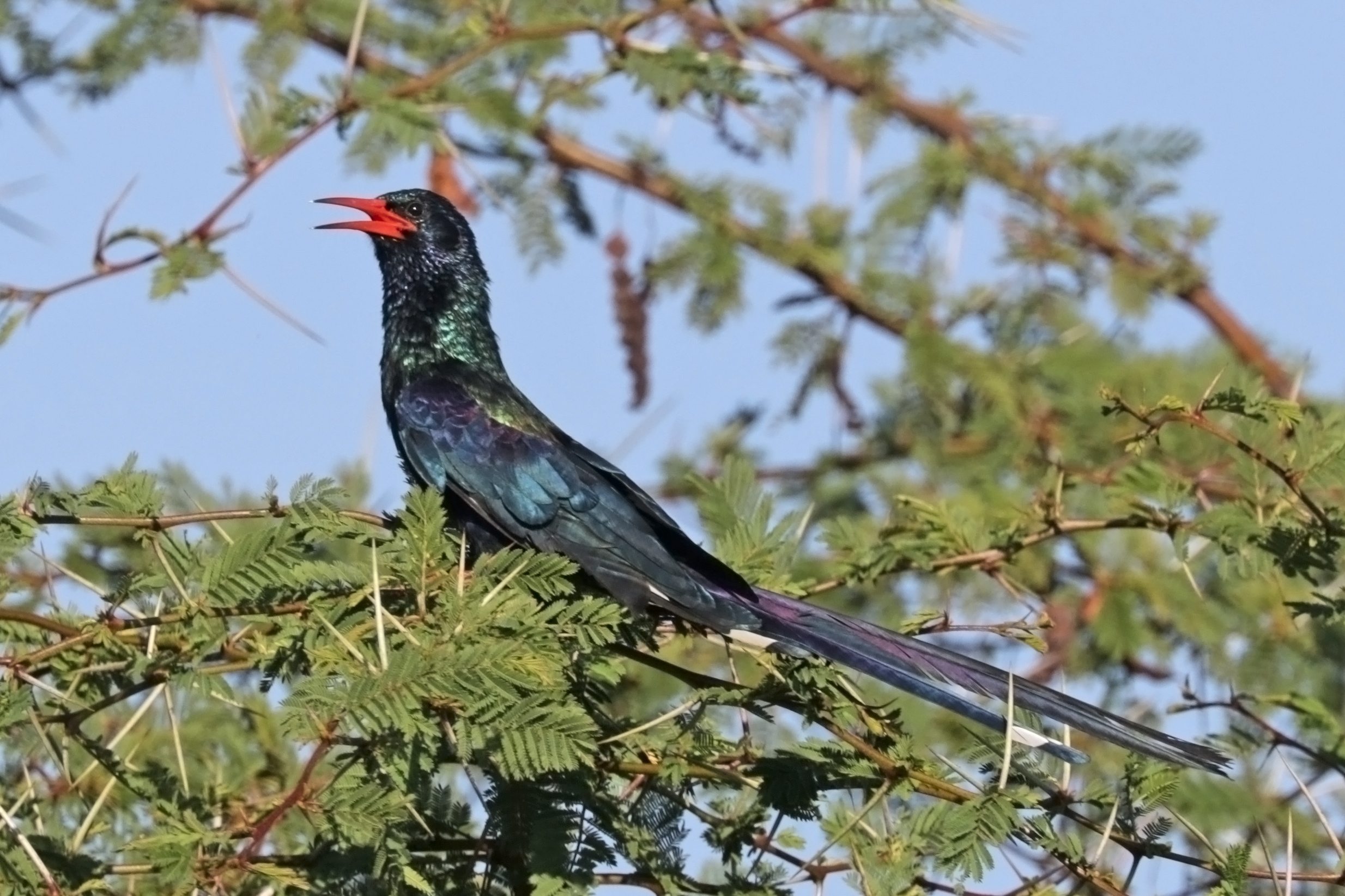 | Green Wood Hoopoe |
 | Eclectus Parrot |
Types of Birds with Green Heads
1. Common Grackle

The common grackle is a well-known songbird that can be seen in huge numbers across North America.
Its long, keel-shaped tail, black beak, bright yellowish eyes, and shiny black feathers with a sheen of blue-green on the head are all telltale signs.
More than Seventy million common grackles live in a variety of habitats, including open forests, meadows, and wetlands, as well as cities, parks, and farms.
They breed throughout the continent east of the Rocky Mountains and only travel small distances while migrating.
The common grackle is an omnivore that consumes a wide variety of foods, including small fish, insects, frogs, eggs, birds, grains, berries, and seeds.
They are willing to have ants crawling all over them to remove any parasites.
Fruit juices, mothballs, and nut oils are used by grackles in place of ants when the latter is unavailable.
Slaughtering grackles is against the law in various states in the US, including Texas.
2. Guinea Turaco

The Guinea turaco is a small greenish bird having a red beak and red eyes.
It has a long tail and a prominent crest on its grass-green forehead.
It inhabits woodlands in Central and West Africa, where it lives in territorial couples that stay together all year.
It’s only these birds that can be considered really green.
However, unlike other birds, turacos possess a greenish pigmentation (turacoverdin) that includes copper instead of simply reflecting light to create a green hue.
The birds in concern are monogamous and very territorial.
The male green turaco feeds the female in order to woo her, and the pair then works together to construct the nest and look for the chicks, with assistance from the rest of the flock.
They are unable to fly and instead choose to hop from tree to tree.
Fruit, leaves, flowers, acacia, seed pods, termites, snails, and figs are all part of the varied diet of the Guinea turaco.
3. Green Kingfisher

The green kingfisher’s shiny green feathers contrast with its white neck and spotted white wings.
It utilizes its large mouth to fish and builds its nest mostly on grass, and it frequently keeps its tail fouled up.
The green kingfisher’s vast range includes most of South America (all the way to Patagonia) and sections of the United States, namely Texas and southern Arizona.
Its estimated worldwide span is more than 6 million sq miles, according to scientists.
Two of the green kingfisher’s toes face forward and are fused together.
As they excavate the ground for their underground nests, these animals will utilize the “syndactyl” arrangement of their toes as a shovel.
Carnivorous by nature, green kingfishers dine primarily on minnows as well as other tiny fish in addition to the odd bug.
4. Paradise Tanager

The medium-sized, beautifully colorful Paradise tanager features a pale greenish head, bright blue underparts, and jet-black upper body feathers.
The sexes seem identical, but men are more likely to break into song.
It is a native of northwestern South America and is widely regarded as among the most fascinating birds having a greenish head (Amazon rainforest).
The paradise tanager is frequently seen in the moist forest canopy, usually in mixed-species flocks.
This bird’s diet is diverse and includes nectar, fruits, berries, and even insects.
5. Mallard

The Mallard is the progenitor of almost all domesticated duck species.
It grows near water, particularly shallow ponds and lakes.
Males may be identified by the white collars and deep greenish heads on which they sit.
The feathers of females and young birds are brown with white spots, and their beaks are orangey brown.
Females, not males, only produce duck-like quacking. Conversely, by brushing their bills on their flight plumes, males create deeper, raspier one- and two-note cries or rustling noises.
Drakes are male Mallards, whereas hens are females.
The Mallard is an excellent flier and swimmer, with a maximum speed of 70 miles per hour and a wing span of three feet.
They are omnivores, eating everything from vegetation to insects, tiny fish, frogs, and even fish eggs.
6. Resplendent Quetzal

The dazzling quetzal is a tiny but brilliantly colored bird located in Central America and southern Mexico.
The term “resplendent,” which means ” stunning and beautiful via being rich in color or sumptuous,” is a wonderful fit for this brilliantly colored bird.
Quetzal is a valuable word that signifies holy or set up.
The dazzling quetzal’s look is comprised of a greenish crest on its forehead, a red chest and abdomen, and green feathers that may reflect lime, cobalt, green, and blue-violet metallic sheens.
The tail feathers are so long and thin that they take up half of the bird’s body.
In the mountains and tropical woods of Central America, you may see these stunning birds feeding on lizards, insects, fruit, and other small animals.
Although monogamous and territorial, resplendent quetzals often spend the off-season alone.
The brilliant quetzal is the national symbol of Guatemala, and its plumage was used as money by the Mayas and Aztecs.
7. Ring-necked Pheasant
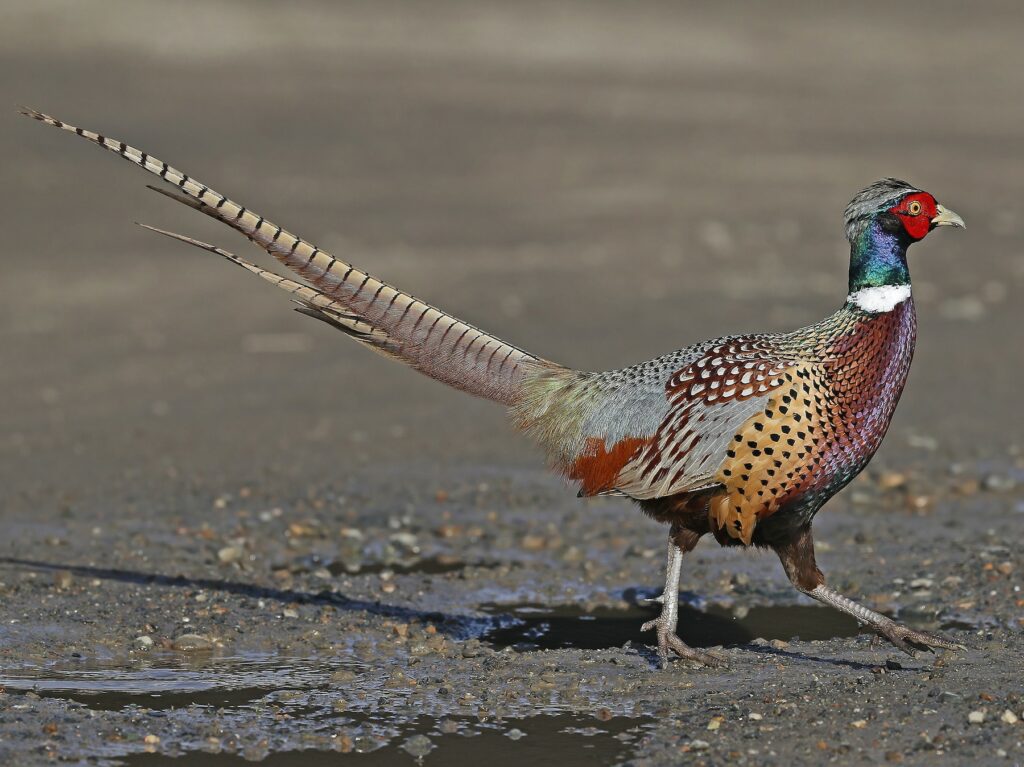
Originally from Eurasia, this chicken-like bird having a pointy, long tail, long legs, and a long neck, was brought to the United States.
Among the green-headed birds that may be seen strutting through wide meadows and weedy roadside verges in southern Canada and the United States are ring-necked pheasants.
Red cheeks, shimmering or greenish heads, and prominent white neck rings are telltale signs of these creatures.
Ring-necked pheasants frequently engage in ritualized dust-bathing in order to cleanse their bodies of parasites, dirt, and worn-out plumage.
They are also well-known for a behavior called “harem-defense polygyny,” in which each male protects a small group of females from all other males throughout mating season.
In the summer and spring, they eat a variety of snails, spiders, insects, earthworms, and other insects, in addition to some fresh vegetation.
Seeds, roots, grasses, fruit, insects, nuts, and leaves are what they eat in autumn and winter.
8. Emerald Toucanet

You may see this medium-sized, greenish toucan in the mountains of Central America and Mexico in couples or small groups.
The greenish toucanet is distinguished by a big, yellow upper mandible and a black lower mandible.
The bird’s emerald green feathers are a wonderful match for the greenery of the forest canopy so that it may hide in plain sight.
In the wild, they use a range of vocal signals to talk to one another while foraging.
The Emerald toucanet is a highly busy species, and its enormous daily range suggests as much.
Despite its name, this bird doesn’t only stick to snacking on fruit; it also enjoys eating insects, reptiles, and even eggs when given a chance.
9. Brilliant Green-Headed Tanager

The Atlantic rain forest of Brazil, Paraguay, and Argentina is home to a variety of birds, including the brilliant green-headed tanager.
It’s a little bird with a lime green spot on its abdomen, wings, throat, and orange tail.
A male green-headed tanager may serve a female as part of the wooing ritual since they are monogamous birds.
Men and women both contribute to the nesting process by constructing it, laying eggs, and caring for the young.
Fruit, insects, and seeds all make up a portion of this green and blue bird’s diet.
10. Javan Green Magpie

The number of this brilliantly colored songbird is down to fewer than 50 adult individuals, making it among the most endangered species throughout Indonesia.
The Javan green magpie can only be found in the mountainous woods of Java, Indonesia.
Though initially blue, these birds’ diets include a pigment called lutein that causes them to molt once and then become an apple-green color.
The Javan magpie’s bright green plumage has been demonstrated to have a vital role in its ability to seduce a partner and produce offspring.
They’ll also raise their dark masks throughout the courtship ritual.
Their diet consists mostly of frogs, insects, and tiny lizards since they are carnivores.
11. Violet-green Swallow

Swallows, or violet-green swallows, are little, green-headed birds native to North America.
They soar high over streams and lakes, diving for insects.
Adult males have white faces, their upper bodies are glossy green, and their bellies are a brilliant purple, making them easy to see in any light.
After spending the summer and spring in the Western United States, violet-green sparrows go south toward Central America and Mexico for the colder months.
It’s important to note that violet-green swallows are primarily secondary hole nesters, meaning they use preexisting holes in trees, buildings, or cliffs as nesting sites.
Spot these birds near rivers, ponds, or lakes early in the day.
Observe them soaring over bodies of water in order to catch insects.
Swallows, including violet-green swallows, often congregate in big groups of ten to one hundred.
In comparison, the peregrine falcon, the fastest bird of prey, often travels between 24 and 35 mph, whereas the greatest speed reported for these sparrows is 27 mph.
12. Red-winged Parrot

The savannas, grasslands, forests, and farmlands of New Guinea and Australia are home to these adorable parrots.
The greenish throat and head of the red-winged parrot contrast with the black upper back and scapulars and the red shoulder spots.
It has an orange beak.
The males do a courtship dance toward the female, landing near her and displaying their blue rumps in an effort to win her favor during the mating process.
Red-winged parrots eat only a few things such as nectar, seeds, blooms, pollen, insects, and larvae.
13. Kereru

Pigeons of this particular species are found only in their natural habitat in New Zealand.
The Kereru, also referred to as the New Zealand pigeon has earned the reputation of being among the most drunken birds due to the fact that it has been seen falling from trees after feeding on decaying fruit that has been left on the ground.
Kereru is characterized by a relatively little head, a red beak that is flat and uncurved, and a chest that is pushed up.
White may be seen on the abdomen and red on the feet, and a shiny green can be seen on the head, neck, and back.
Because they are the sole native birds in New Zealand that are able to consume and disperse the seeds of over 70 different native forest trees, notably karaka, and taraire, these birds play a vital role in the preservation of New Zealand’s natural environment.
New Zealand gave it the title of Bird of the Year in 2018 and 2019.
14. Green-crowned Woodnymph

This hummingbird is native to South America and may be seen living in conifer woods, on the edges of tropical plains, and sometimes close to streams.
The male green-crowned woodnymph possesses glossy green feathers on its neck, head, and chest, in addition to green feathers on its crown.
The underparts have a deep glossy blue color, and the tail has a dark blue color with deep forks.
These birds, which can be spotted from Guatemala and Belize to the northern part of Peru, primarily subsist on the nectar that they gather from the myriad of vibrantly colored and fragrant tiny flowers that grow on bushes, trees, epiphytes, and herbs.
The green-crowned woodnymph is a polygynous species, which means that a male will mate with more than one female and that a female will also mate with more than one male.
The nest site, the construction of the nest, and the care of the young are all decisions that are made solely by the female.
15. Malachite Sunbird

Malachite sunbirds are little birds that feed on nectar and have black-green wings having small yellow pectoral spots on their wings.
Their heads are a glossy green color.
Malachites are able to form pairs during the mating season, but other than that, they mostly live alone.
The males of this species are hostile against members of their own species as well as other sunbirds.
Like most other species of sunbirds, Malachite sunbirds are omnivores that mostly consume nectar.
They may also consume insects, particularly while they are feeding their young.
These birds, whose diets consist mostly of nectar, play an important role in the process of pollination since they visit so many different blooming plants.
Scrub, fynbos, grassland, moorland, and even plantations of exotic trees may all be good places to look for them.
16. Green Wood Hoopoe

A big tropical bird found only in Africa, the green wood hoopoe is unique to the continent.
Its tail and back are purple, and its feathers are a metallic deep green color overall.
It has a large bill that is decurved and an orange-red color.
The Green Wood Hoopoe is indeed a predatory bird that consumes termites, lizards, caterpillars, and spiders, among other things, as part of its diet.
When two or more groups of hoopoes from different areas get together, they perform a display known as “flag-waving.”
17. Eclectus Parrot

The Eclectus Parrot is a species of tiny parrot that is indigenous to northeastern Australia, the Maluku Islands, Sumba, and the Solomon Islands.
It may also be found in New Guinea and the islands nearby.
In general, males are greenish, having prime blue plumage and red flanks, while females appear red having purple bellies.
Males have red flanks and bluish prime plumage.
People thought of them as belonging to two different species up until the 20th century on account of the disparities between them.
The beak of a male Eclectus parrot, which is in excellent condition, will be a vibrant orange color; this indicates that the bird is in a healthy state.
Eclectus parrots are timid birds that are active throughout the day and spend the majority of their time gathering food, eating, and relaxing.
Eclectus parrots may be distinguished from other species of parrots by their yellow beaks.
They are quite good at imitating human speech and are capable of producing a wide range of noises, such as whistles, laughter, coos, and tones.
Conclusion
In conclusion, the world of birds is vast and diverse, and green-headed birds are just one example of the incredible variety of avian life out there.
From the flashy and colorful Male Mallard to the mysterious and elusive Emerald Toucanet, each of these 17 species has its own unique characteristics and behaviors.
Whether you’re an avid birdwatcher or simply appreciate the beauty of nature, there’s no denying that green-headed birds are a fascinating group worth exploring.
So, the next time you’re out and about, keep an eye out for these stunning creatures, and perhaps you’ll catch a glimpse of one of these magnificent green-headed birds in action.
FAQ
What are some green-headed birds that are native to South America?
South America is home to a variety of green-headed birds, including the Emerald Toucanet, Green-headed Tanager, and the Guianan Cock-of-the-rock.
Do female green-headed birds also have green heads?
In some species, such as the Wood Duck, female birds have a more muted version of the male’s green head color. However, in other species, females may have a completely different coloration altogether.
What is the purpose of a green head on a bird?
The purpose of a green head on a bird varies depending on the species. For some birds, such as the male Mallard, the green head is a sign of dominance and is used to attract females. In other species, such as the Emerald Toucanet, the green head may serve as camouflage in the forest canopy.
Are green-headed birds endangered?
The conservation status of green-headed birds varies depending on the species. Some, such as the Mallard, are abundant and not considered threatened. However, others, such as the Keel-billed Toucan, are considered vulnerable due to habitat loss and hunting.
Last Updated on April 9, 2023 by Lily Aldrin
